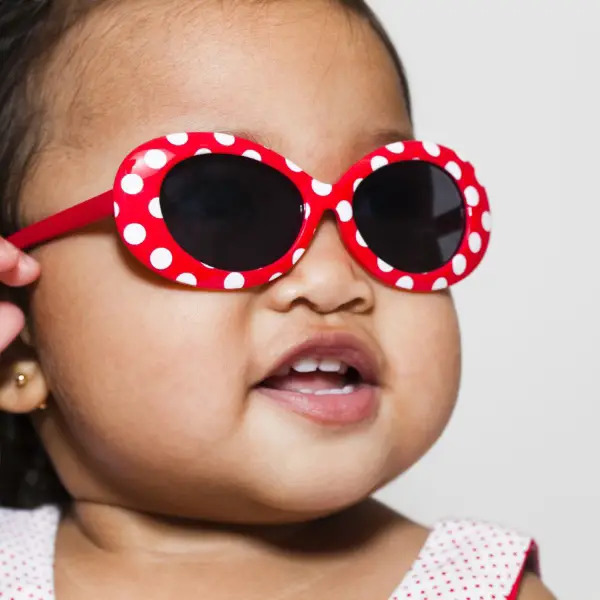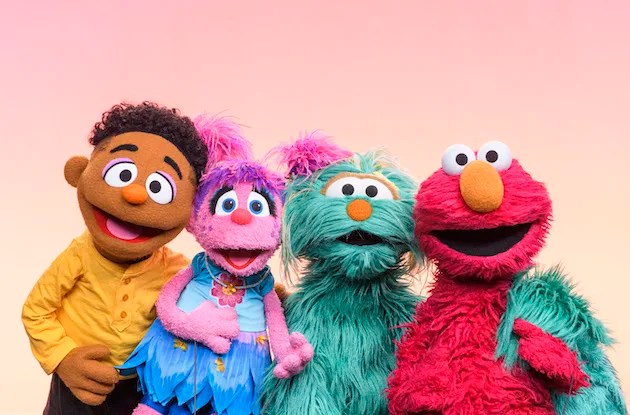When it comes to work and play, people need to keep safety in mind, especially when it comes to their eyes. Dr. Scott Breidbart of Empire BlueCross Blue Shield shares three “F.U.N” tips to maintain healthy eyes, particularly in the summer months.
 It does not matter if it’s hot or cool, cloudy or bright; the summer months are filled with a level of excitement that make this a favorite time of the year for most families. However, whether at work or at play, people must continue to keep safety in mind during these warmer months, especially when it pertains to their eyes. Dr. Scott Breidbart, chief medical officer, Empire BlueCross Blue Shield, offers three tips to help you maintain healthy eyes. Think of these as F.U.N. tips that focus on: “Flying objects,” “Ultraviolet light,” and “Nighttime driving.”
It does not matter if it’s hot or cool, cloudy or bright; the summer months are filled with a level of excitement that make this a favorite time of the year for most families. However, whether at work or at play, people must continue to keep safety in mind during these warmer months, especially when it pertains to their eyes. Dr. Scott Breidbart, chief medical officer, Empire BlueCross Blue Shield, offers three tips to help you maintain healthy eyes. Think of these as F.U.N. tips that focus on: “Flying objects,” “Ultraviolet light,” and “Nighttime driving.”
“Three F.U.N. Tips for Healthy Eyes in the Summer”
“F” stands for “Flying objects.”
Whether these objects are a baseball, a tennis ball, or a piece of wood or metal, wearing eyewear will create a protective barrier between your eyes and those objects. Polycarbonate lenses—either in prescription or nonprescription glasses—are tough. Since they don’t break easily, these lenses are found in almost all sports glasses and industrial work glasses. In addition, the federal government recognizes polycarbonate lenses as being the safest lens material for work and play.
Polycarbonate lenses can be inserted in practically any frame. They are available in almost any kind of lens prescription. Polycarbonates can be further customized with a tint, color, and a specific type of lens, such as a single vision or multifocal lens (e.g., a progressive addition or bifocal). The availability and safety features of these lenses are so well-known that doctors routinely recommend them for all children and adults.
“U” stands for “Ultraviolet (UV) light.”
Although the summer sun is a good source of nutrition for plants, and it can even help people maintain a pleasant disposition, exposure to natural sunlight is something that the eyes need to avoid. Ultraviolet light is not visible to the eye and it should not be confused with the brightness of the sun. The same rays that cause the skin to tan will damage one’s vision. So just as one can tan on a cloudy day, the eye can be exposed to harmful UV rays even if the sun doesn’t appear bright.
Medical studies suggest that too much ultraviolet light can harm the eyes. The damage from chronic and excessive exposure to ultraviolet light is both visible and invisible to people. Outwardly, unsightly yellowish-red growths called pterygia are a direct result of constant ultraviolet exposure, and so is a persistent redness of the eye. More worrisome are the effects on the inner parts of the eye where cataracts and age-related macular degeneration can occur, both making up two of the most common causes of poor vision…even with the best eyeglasses.
Recent eye research has found that simple spectacle lenses made up of polycarbonate plastic can screen out nearly all of the harmful forms of ultraviolet light in sunlight. Remember, these are the same lenses that are tough enough to repel flying objects. And, the protective nature of polycarbonate lenses works even where the lens is clear. However, usually the brightness of the summertime sun, although not medically damaging, can be so uncomfortable that any kind of lens color or tint will improve comfort.
“N” stands for “Nighttime driving.”
For many people, the most complex activity in their daily life is operating a motor vehicle. And, it is even more challenging if there is any amount of blurred vision that causes a need for corrective lenses (or glasses). Interestingly, the brightness of the daytime sun minimizes blurry vision, especially the kind of blurry vision that can be corrected with glasses. The most dangerous time of the day to drive is between sunset and sunrise, where a driver’s performance plummets with even the slightest amount of refractive error. However, using eyeglasses during nighttime driving, if prescribed by an eye doctor, is an easy solution to this issue.
“If people keep these three F.U.N. tips in mind this summer, they won’t have to wonder if they’re doing all they can when it comes to maintaining healthy eyes,” Breidbart says. “They can kick things off right by getting a regular eye examination and talking with their doctor to get additional information on the best methods to use to protect the eyes from the summer sun. These tips are easy to follow, and they can help people enjoy many summers to come.”
Also see:
How to Keep Your Family’s Eyes Healthy
How to Prevent Pink Eye As the Kids Head Back to School





















